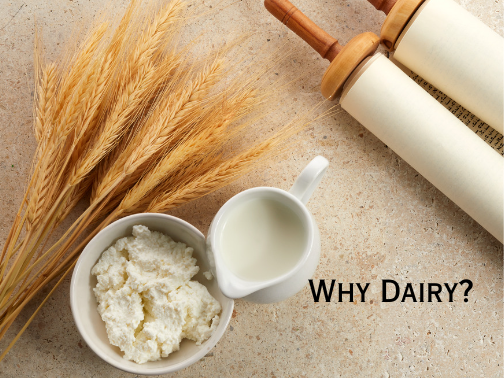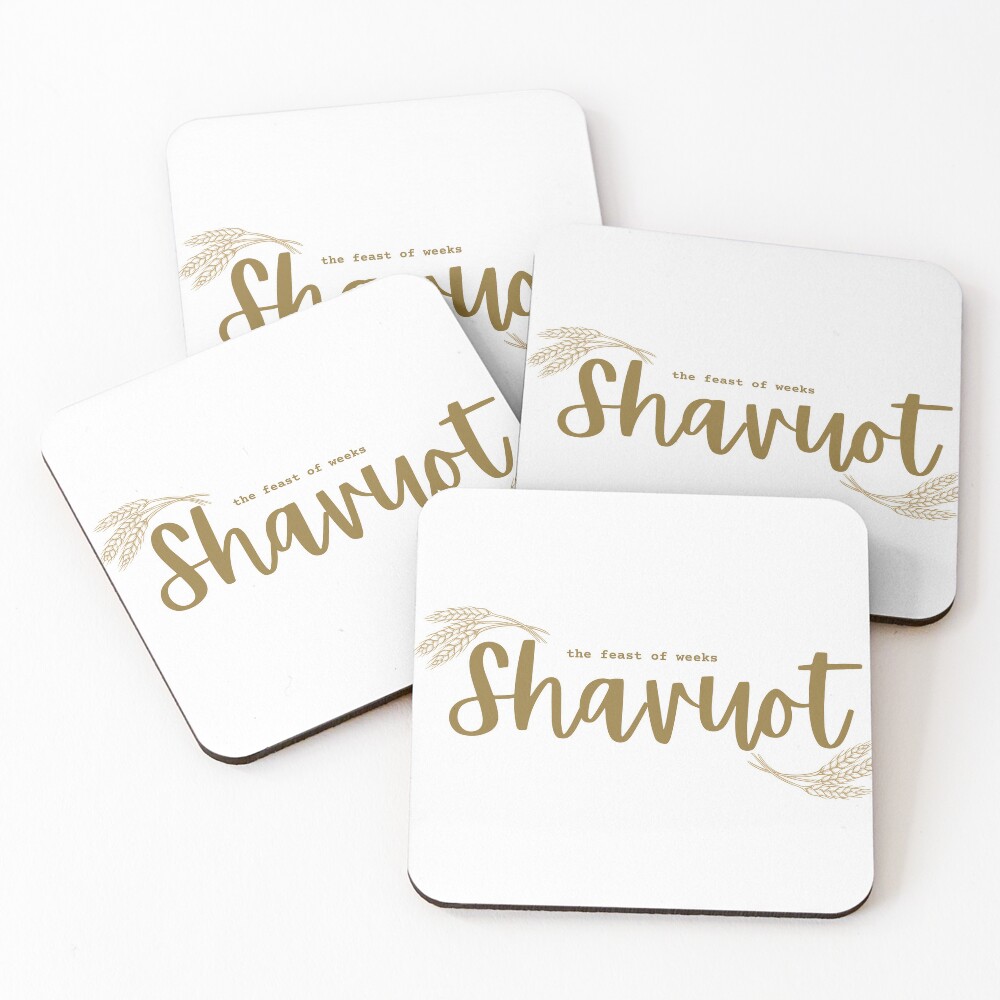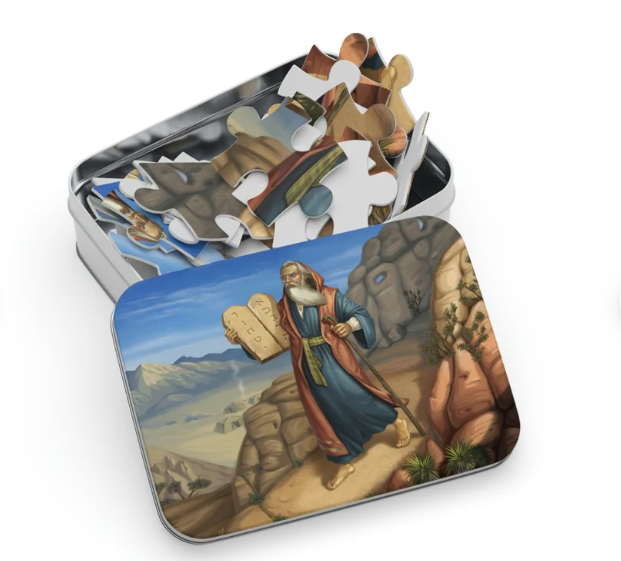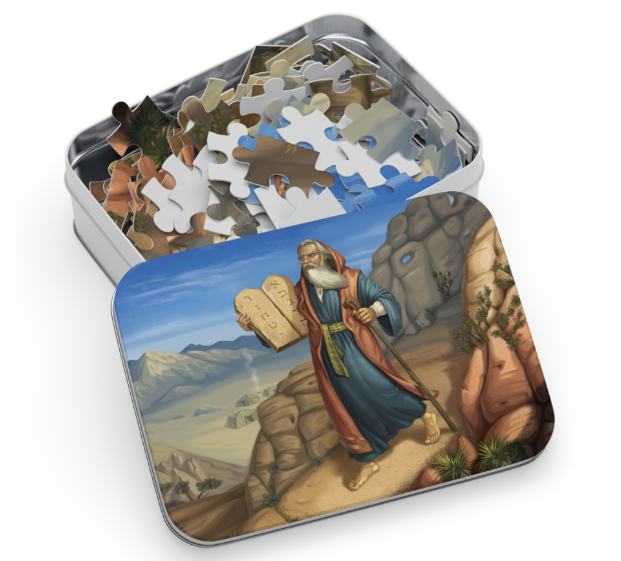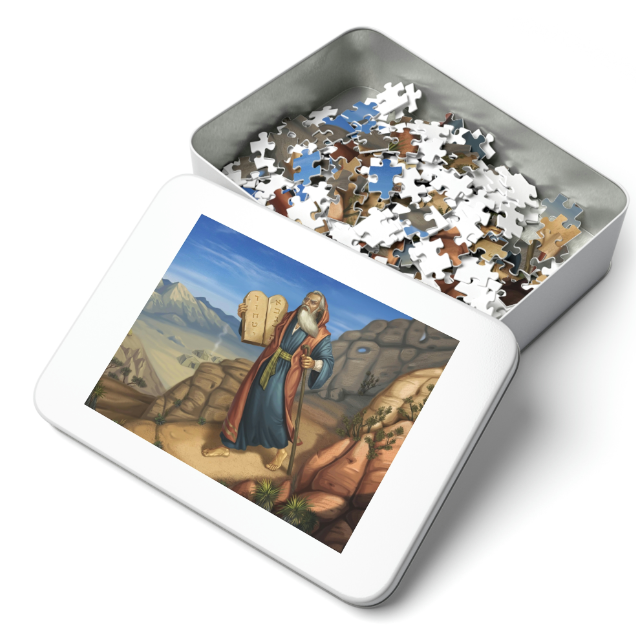Brief overview of Shavuot as a Jewish holiday
II. Historical and Cultural Significance
III. Symbolism and Interpretations
IV. Traditional and Modern Customs
V. Exploring the Reasons
VI. Conclusion
Shavuot, known as the Festival of Weeks, holds a special place in the Jewish calendar. It commemorates the giving of the Torah to the Israelites at Mount Sinai and marks the culmination of their journey from slavery to freedom. While Shavuot is a holiday rich in traditions and customs, one particular practice stands out—eating dairy foods.
The connection between Shavuot and dairy has intrigued and delighted generations of Jews around the world. Why is it that on this joyous occasion, dairy products take center stage on the dining table? In this article, we will explore the historical, cultural, and symbolic significance behind this beloved tradition of consuming dairy during Shavuot.
By understanding the roots of this custom, we can appreciate the deeper meaning it holds and discover the delightful culinary delights associated with this holiday. Whether you are a long-time participant in Shavuot celebrations or new to this tradition, join us on a journey of discovery as we unravel the fascinating story behind the “why” of eating dairy on Shavuot.
Want to understand What is Shavuot? Read our page on the basics of Shavuot and some of the most asked questions about this holiday. What is Shavuot and most asked questions

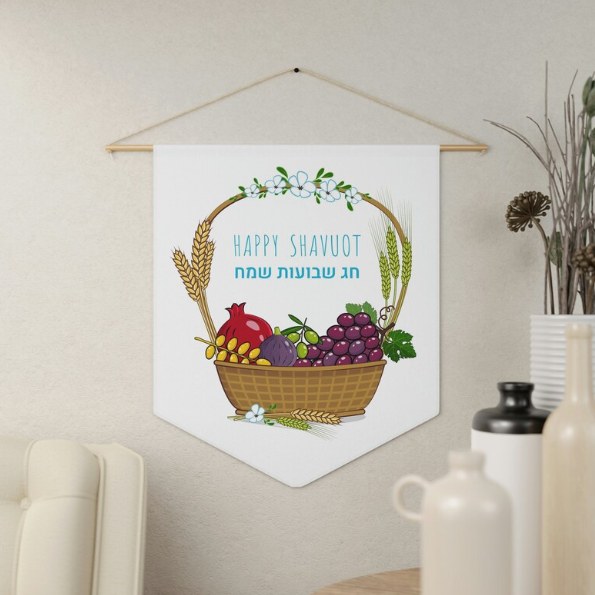

A. The connection between Shavuot and the agricultural harvest
Shavuot is traditionally observed at the culmination of the grain harvest in ancient Israel. It marked a time of gratitude and celebration for the bountiful produce that the land provided. As an agricultural festival, Shavuot holds a special place in Jewish tradition, acknowledging the connection between the people of Israel, the land they inhabited, and the sustenance it provided.
B. The association of Shavuot with the land of Israel and its agricultural bounty
In the biblical narrative, the land of Israel is often described as a land “flowing with milk and honey.” This depiction emphasizes its fertility and abundance. Shavuot, falling at the height of the agricultural season, represents a moment of gratitude for the fruitful land and its natural resources.

C. Historical references to the consumption of dairy products during Shavuot
Throughout Jewish history, there have been references to the custom of eating dairy on Shavuot. One explanation traces back to the Israelites’ sudden transition from a meatless diet in the wilderness to an agricultural society in the Promised Land. With limited time to prepare kosher meat after receiving the Torah, they opted to consume dairy products instead.
Another interpretation suggests that after receiving the Torah, the Israelites needed to adhere to new dietary laws. Since the process of koshering meat was unfamiliar, they chose to rely on dairy products, which were readily available and did not require complex preparations.
These historical references provide insights into the origins of the tradition, highlighting the practical considerations and cultural shifts that influenced the choice to consume dairy during Shavuot.
Understanding the historical and cultural significance behind the connection between Shavuot and dairy helps us appreciate the depth of this tradition. It invites us to reflect on the agricultural roots of the holiday and the profound connection between the land, sustenance, and the spiritual journey of the Jewish people.
Shavuot Table Runners
II. Symbolism and Interpretations
Dairy holds symbolic significance in Jewish tradition and is associated with various themes and metaphors. Milk is often viewed as a symbol of nourishment, representing the sustenance and care provided by a mother to her child. It evokes a sense of warmth, comfort, and the bonds of family and community.
B. The link between milk and the biblical description of the Promised Land as “a land flowing with milk and honey”

The biblical description of the Promised Land as “a land flowing with milk and honey” connects the consumption of dairy to the abundant blessings that await the Israelites in their new homeland. This imagery highlights the land’s fertility, richness, and prosperity. By consuming dairy on Shavuot, Jews symbolically partake in the bounty of the Promised Land and express gratitude for its blessings.
C. Interpretations of dairy as a symbol of nourishment, abundance, and purity
Dairy products are rich in nutrients and have long been associated with nourishment and sustenance. When consumed on Shavuot, they serve as a reminder of the spiritual nourishment found in the study and observance of the Torah. Additionally, dairy is often perceived as a pure and wholesome food, representing the desire for spiritual purity and the aspiration to lead a righteous life.
The symbolic interpretations surrounding the consumption of dairy on Shavuot provide a deeper layer of meaning to this practice. They connect the act of eating dairy to concepts of nourishment, abundance, spiritual growth, and the fulfillment of divine promises. As we delve further into the customs and traditions associated with dairy consumption on Shavuot, we will discover how these symbolic representations manifest in various traditional and modern practices.
The Kosher Hub’s Shavuot White Range
V. Traditional and Modern Customs
A. Traditional dairy dishes associated with Shavuot
Shavuot has inspired a rich culinary tradition of dairy-based dishes. These traditional recipes often vary based on regional customs and cultural influences. Some popular examples include blintzes (thin pancakes filled with cheese), cheesecake, kugel (a baked noodle or potato dish often incorporating cheese or dairy), and cheese-filled pastries.
B. Examples of popular dairy foods consumed during the holiday
In addition to specific dishes, various dairy products take center stage during Shavuot celebrations. Milk, cheese, yogurt, and butter feature prominently on the table. These ingredients are used in a wide range of recipes, from savory dishes to sweet treats, offering a delightful array of flavors and textures to enjoy.
C. Exploring regional and cultural variations in dairy-based Shavuot recipes
Shavuot’s dairy customs have evolved and adapted over time, resulting in diverse regional and cultural variations in dairy-based recipes. For example, Sephardic Jews may prepare dishes such as sambusak (cheese-filled pastries) or kalavasa (a rich cheese dessert), while Ashkenazi Jews may favor dishes like noodle kugel or cottage cheese pancakes.
These regional and cultural variations in dairy-based Shavuot recipes highlight the diversity and creativity within Jewish culinary traditions. They allow individuals and communities to incorporate their unique cultural heritage into the celebration while honoring the overall theme of dairy consumption during this joyous holiday.
The Kosher Hub’s Educational Shavuot Puzzles
V. Exploring the Reasons
A. Nostalgic and cultural connections to dairy
The tradition of eating dairy on Shavuot is often tied to a sense of nostalgia and cultural identity. For many, it evokes memories of family gatherings, cherished recipes passed down through generations, and the joyous atmosphere that accompanies the holiday. By partaking in dairy foods, individuals can connect to their cultural heritage and maintain a sense of continuity with the past.
B. Dairy as a reminder of the Israelites’ journey to the Promised Land
The consumption of dairy on Shavuot can be seen as a symbolic act, reminding Jews of their ancestors’ journey to the Promised Land. Just as the Israelites transitioned from a nomadic existence to an agrarian society upon entering the land flowing with milk and honey, the act of eating dairy on Shavuot signifies their connection to that transformative journey. It serves as a reminder of their history, faith, and the abundance they found in their new homeland.
C. Dairy as a symbol of spiritual nourishment and growth
Beyond its historical and cultural associations, dairy on Shavuot is often viewed as a symbol of spiritual nourishment and growth. Just as milk provides essential nutrients for physical development, consuming dairy during the holiday represents a desire for spiritual sustenance and growth. It signifies a commitment to engaging with the teachings of the Torah, deepening one’s connection to Jewish values, and fostering personal and communal spiritual development.
The reasons behind eating dairy on Shavuot are multifaceted, encompassing personal, cultural, and spiritual dimensions. It is a way to honor traditions, maintain cultural connections, and symbolize the historical journey of the Jewish people. Moreover, it serves as a reminder of the spiritual nourishment found in the study and observance of the Torah.
Conclusion
The tradition of eating dairy on Shavuot is a beloved and cherished practice that encompasses historical, cultural, and symbolic significance. From its connection to the agricultural harvest and the Promised Land to its representation of nourishment, abundance, and spiritual growth, consuming dairy on Shavuot holds deep meaning for Jews around the world.
Through the lens of nostalgia, cultural identity, and the spiritual journey of the Jewish people, the consumption of dairy on Shavuot becomes a celebration of heritage, continuity, and connection. It is an opportunity to honor the past, embrace the present, and inspire future generations.

As we gather around the table to partake in dairy delicacies, we are reminded of the values and teachings of the Torah. We reflect on the importance of spiritual nourishment and personal growth, as well as our connection to the land, history, and traditions of our people.
In our modern times, the tradition of eating dairy on Shavuot continues to evolve and adapt. Families and communities infuse their unique cultural expressions into the celebration, creating a vibrant tapestry of culinary delights that reflect the diversity within the Jewish community.
So, whether you savor a creamy slice of cheesecake or enjoy a savory cheese-filled blintz, may the act of eating dairy on Shavuot bring you closer to your roots, ignite a sense of joy and gratitude, and inspire a deeper connection to your faith and heritage.
As we conclude our exploration of the “why” behind eating dairy on Shavuot, let us embrace this cherished tradition with open hearts and minds. Let us honor the legacy of our ancestors, celebrate the blessings of the present, and look towards a future filled with spiritual growth, unity, and the joyous celebration of Shavuot.

